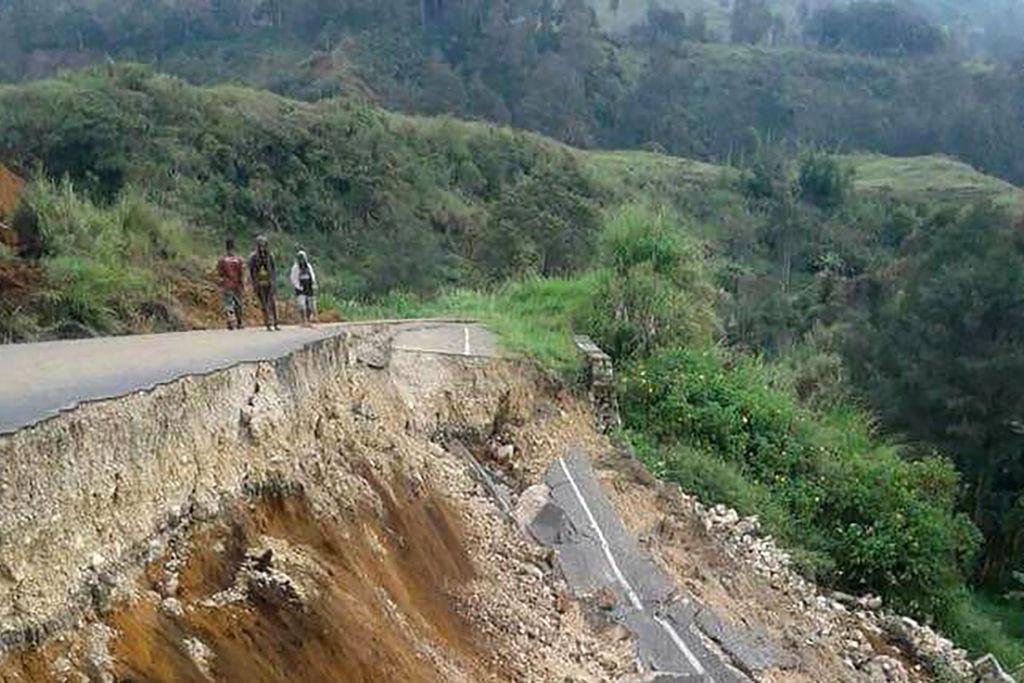A magnitude 7.6 earthquake struck eastern Papua New Guinea (PNG) at 9:46 a.m. local time on Sept. 11, killing at least five people and damaging property.
According to the United States Geological Survey (USGS), normal faulting occurred at a depth of approximately 90 kilometres (56 miles) beneath eastern PNG, near the northern edge of the Australian plate.





